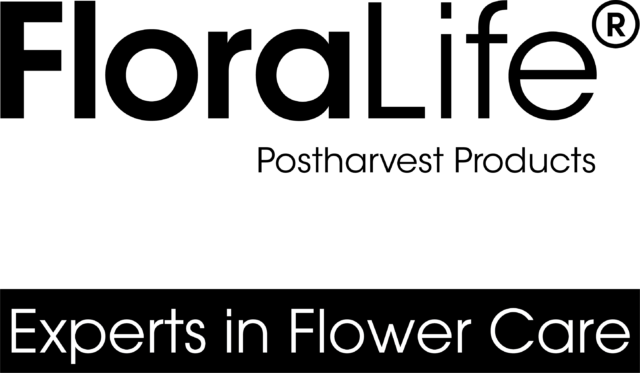Water is considered “hard” when high levels of calcium and magnesium are present. These minerals are essential nutrients to both animals and plants; unfortunately, they leave mineral deposits (scaling) on our pipes, bathtubs, glasses, dishes, etc., and they reduce the effectiveness of soaps and laundry detergents. Water softeners are used to combat these inconveniences. Water softeners work on the principle of ion exchange. Calcium and magnesium ions are “exchanged or swapped” with sodium ions eliminating the build-up of mineral deposits (scaling) and soapy films – this is why you have to periodically add softener salt to your system. It’s important to note that softeners do not purify the water but “exchange or swap” calcium and magnesium for sodium.
So, what does this mean for your cut flowers? While sodium is also an essential animal and plant nutrient, high levels are toxic and will reduce vase-life. No treatment, including flower food will reverse the negative effects of sodium toxicity. The harder the water, the greater the exchange of sodium after softening, and the higher the toxicity to the flowers.
So, what should you do? Bypass the water softener and use your regular (hard) tap water. A water test can tell you if a specialty flower food (hard water formulation) is required. Just remember that hard water with a flower food will give you longer flower life than softened water.


